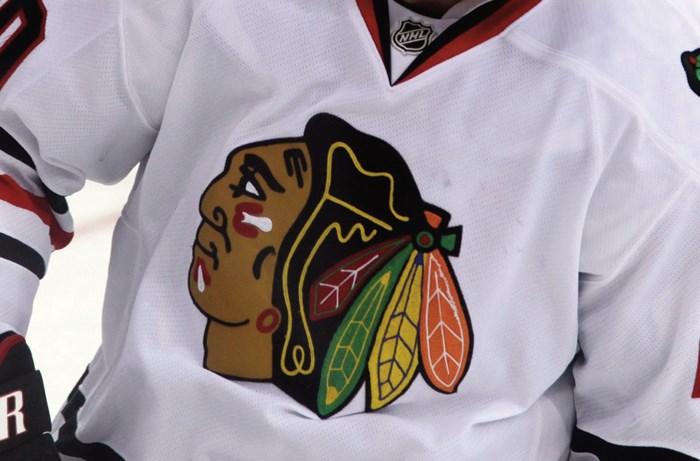It was a passionate student letter in 2020 that caused the Southern York County school board to reconsider its logo: a Native American man, representing the “Warriors.”
2020 was a turning point of racial reckoning after the death of George Floyd. Less than a year later, the school board voted to retire the warrior logo after it considered research on the impact the reductive imagery had on Native and non-Native students.
Three years later, however, the logo — a Native American man with feathers, a tomahawk and pipe — is back after a newly elected conservative bloc acted on its campaign promise and reinstated it earlier this month. It’s shaken Native communities across the country that work to challenge such logos, said Donna FannBoyle, co-founder of the Coalition of Natives and Allies. When one school district does it, they worry others will try, too.
The battle to change the use of Native Americans in logos, team names and fandriven behavior has often been in the bright spotlight due to major sports teams. The NFL’s Washington Commanders changed their decades-old name in 2019, while Cleveland’s baseball team became the Guardians in 2021. Protests are being planned at the Super Bowl once more in response to the Kansas City Chiefs.
But beyond the high-profile fights to change names, mascots and team identities, there are battles going on in local communities. It’s a rare move for the Pennsylvania district to reverse course, but it’s not the first time. At least two other school districts in Massachusetts and Connecticut reverted to logos that many Native Americans have called offensive.
A number of states have passed legislation to prohibit mascots in the years since. Nationally, the largest nonprofit dedicated to representing Native nations, the National Congress of American Indians, has worked to challenge the use of Native imagery in logos and mascots. The organization maintains a database tracking Native mascots and has found that nearly 2,000 schools still use them. At least 16 dropped their use of Native imagery or names between March 2022 and April 2023.
Numerous studies have found that mascots are harmful to the mental health of Native students and increase negative stereotyping of Native people in non-Native students, said Laurel Davis-Delano, a professor of sociology at Springfield College.
The mascots are all historic — and often inaccurate — depictions, erasing the fact Native people exist today, she said. And though to some the mascots can seem like positive representation on the surface, they’re adapted from a “bloodthirsty warrior” stereotype, which was historically used in a genocidal way, Davis-Delano said.









No Comment